How many people are needed to fly a kite? The number might go up to a few dozen, in the case of Bali, where it is not a mere leisure activity but a part of religious tradition – one of so many – revolving around creating intricate objects that, nevertheless, are not meant to last.
The season of kites, which goes on from June till August, when there are no rains and the winds are favorable, is marked by numerous festivals and competitions happening on the beaches along the southeastern coast. Individual kites may be as well spotted hovering over the rice fields – scaring off birds and sending a message to the gods, thanking them for the harvest.
There are three traditional types of Balinese kites:
janggan - bird-shaped (above)
bebean- fish-shaped (left)
pecukan - leaf-shaped (right)
While being the smallest and having the most simple construction, pecukan is actually the hardest to fly, and therefore can be seen less often than the other two.
Most festivals also feature a vast array of unique kites in all possible shapes and designs, united under the category of 'new creations' – kreasi baru.
janggan - bird-shaped (above)
bebean- fish-shaped (left)
pecukan - leaf-shaped (right)
While being the smallest and having the most simple construction, pecukan is actually the hardest to fly, and therefore can be seen less often than the other two.
Most festivals also feature a vast array of unique kites in all possible shapes and designs, united under the category of 'new creations' – kreasi baru.
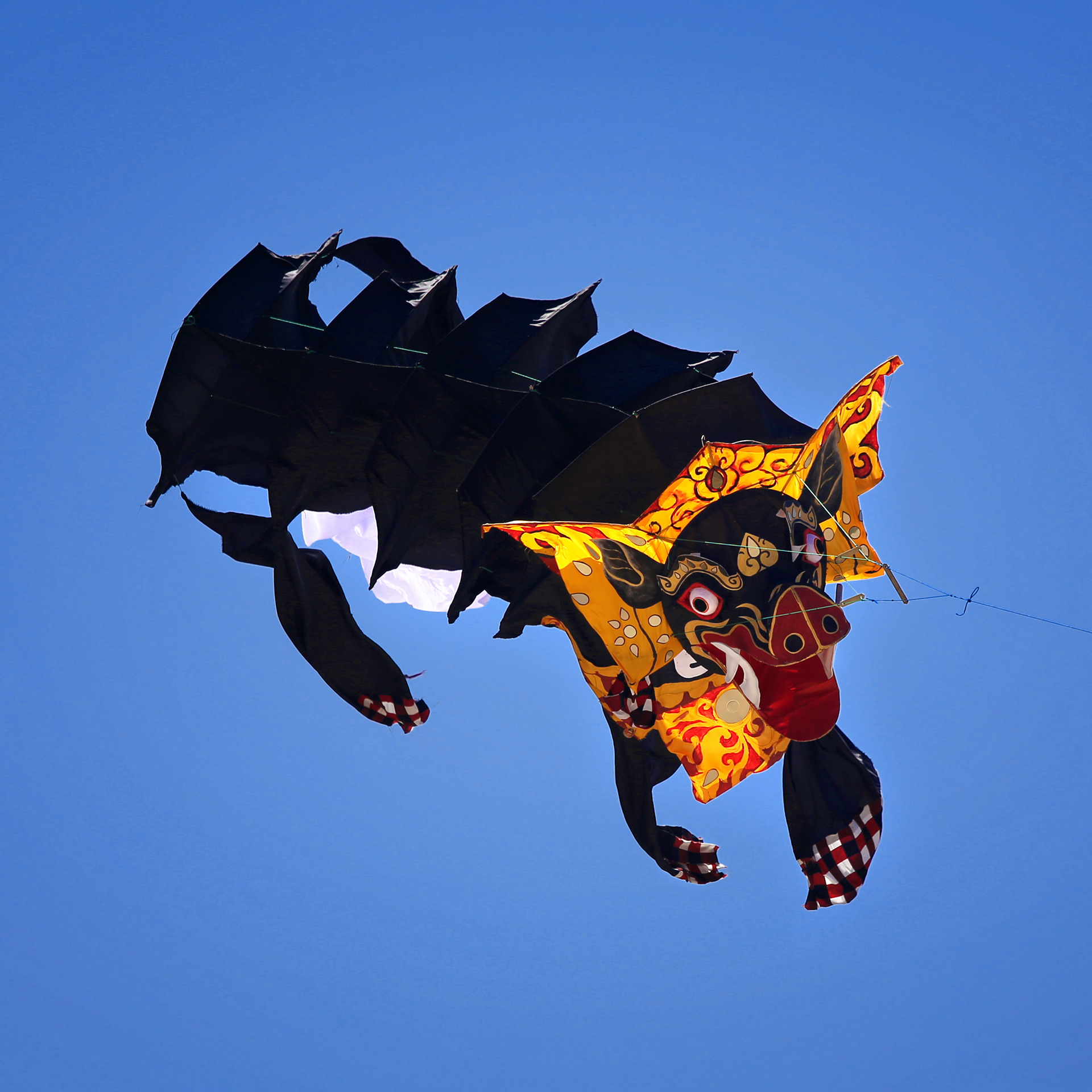
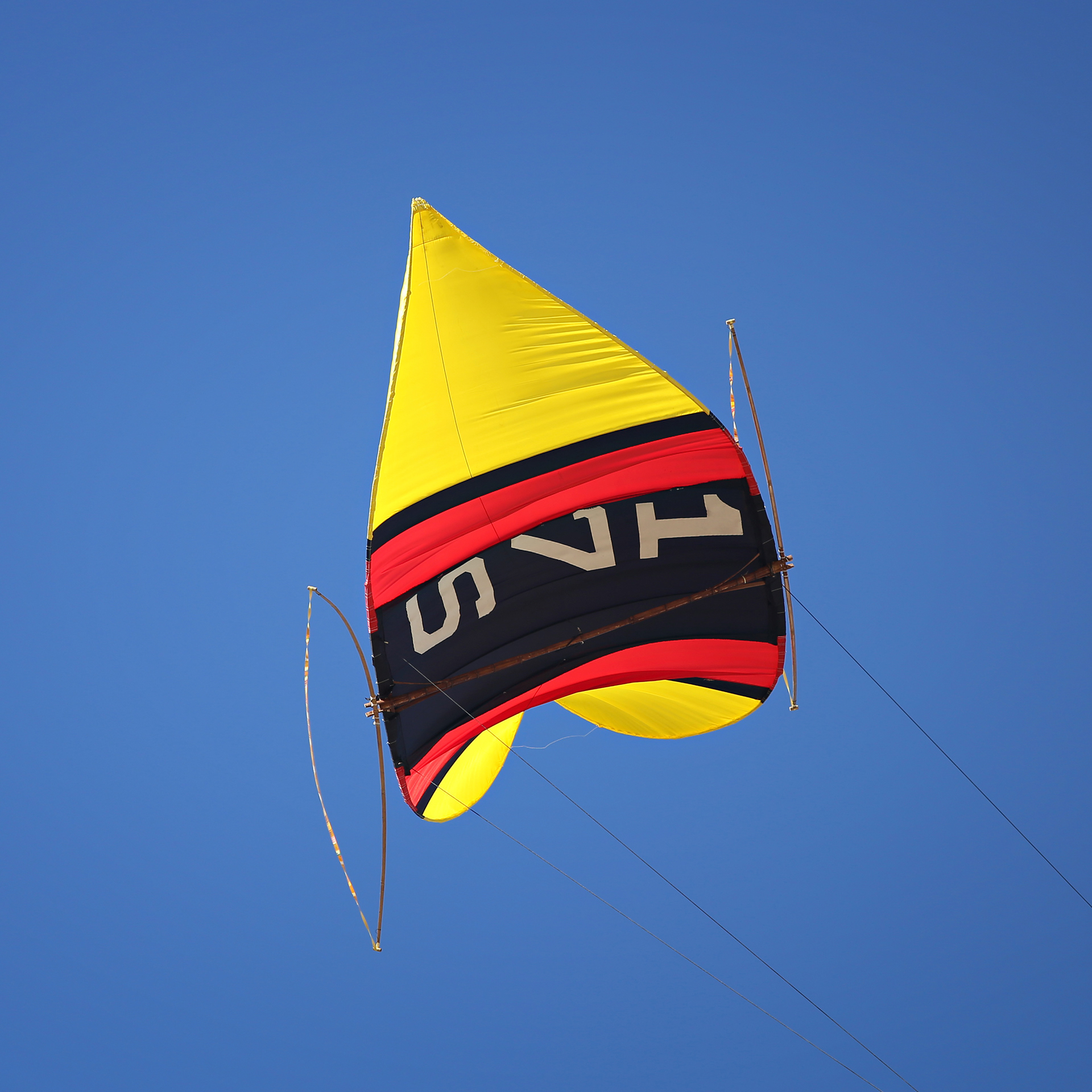
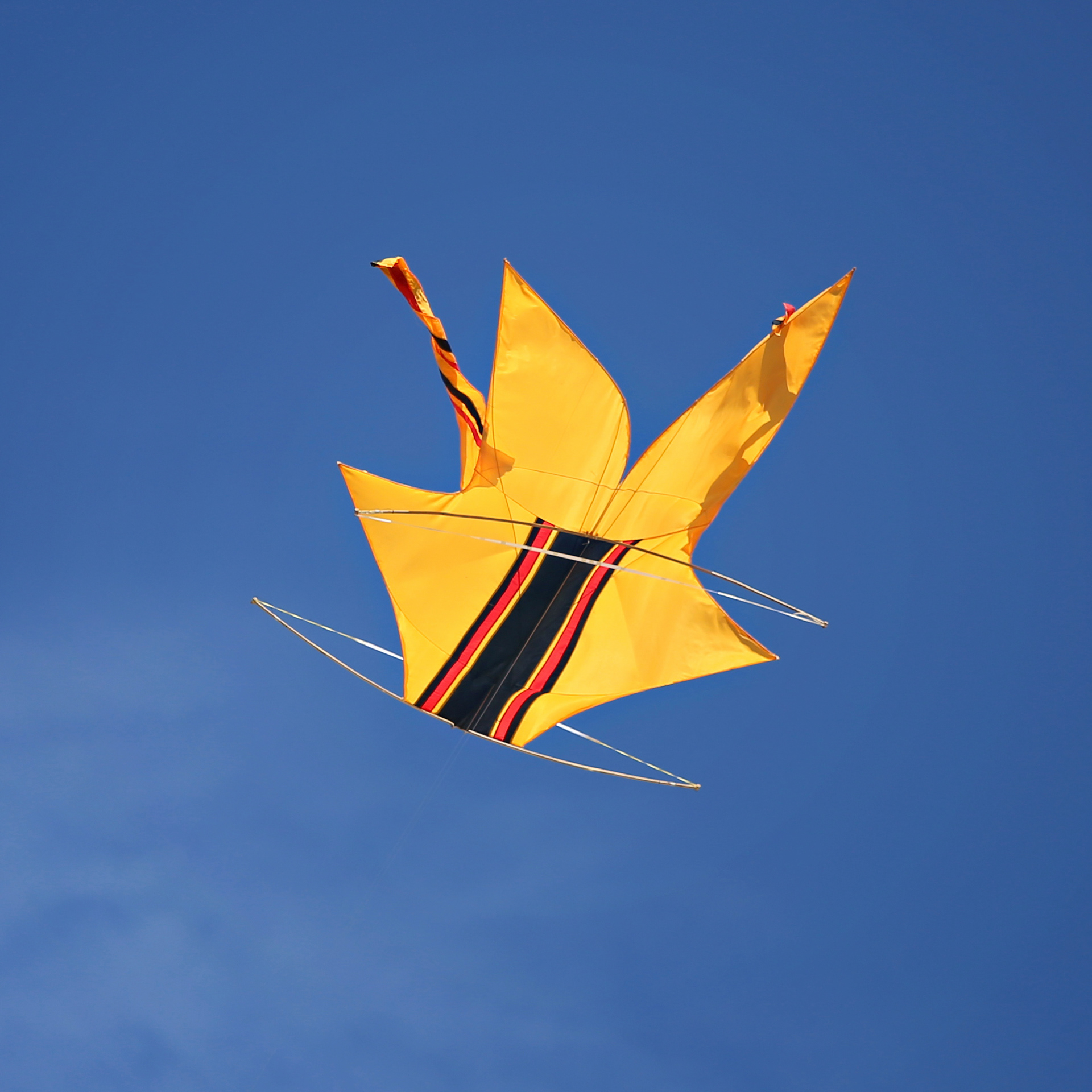
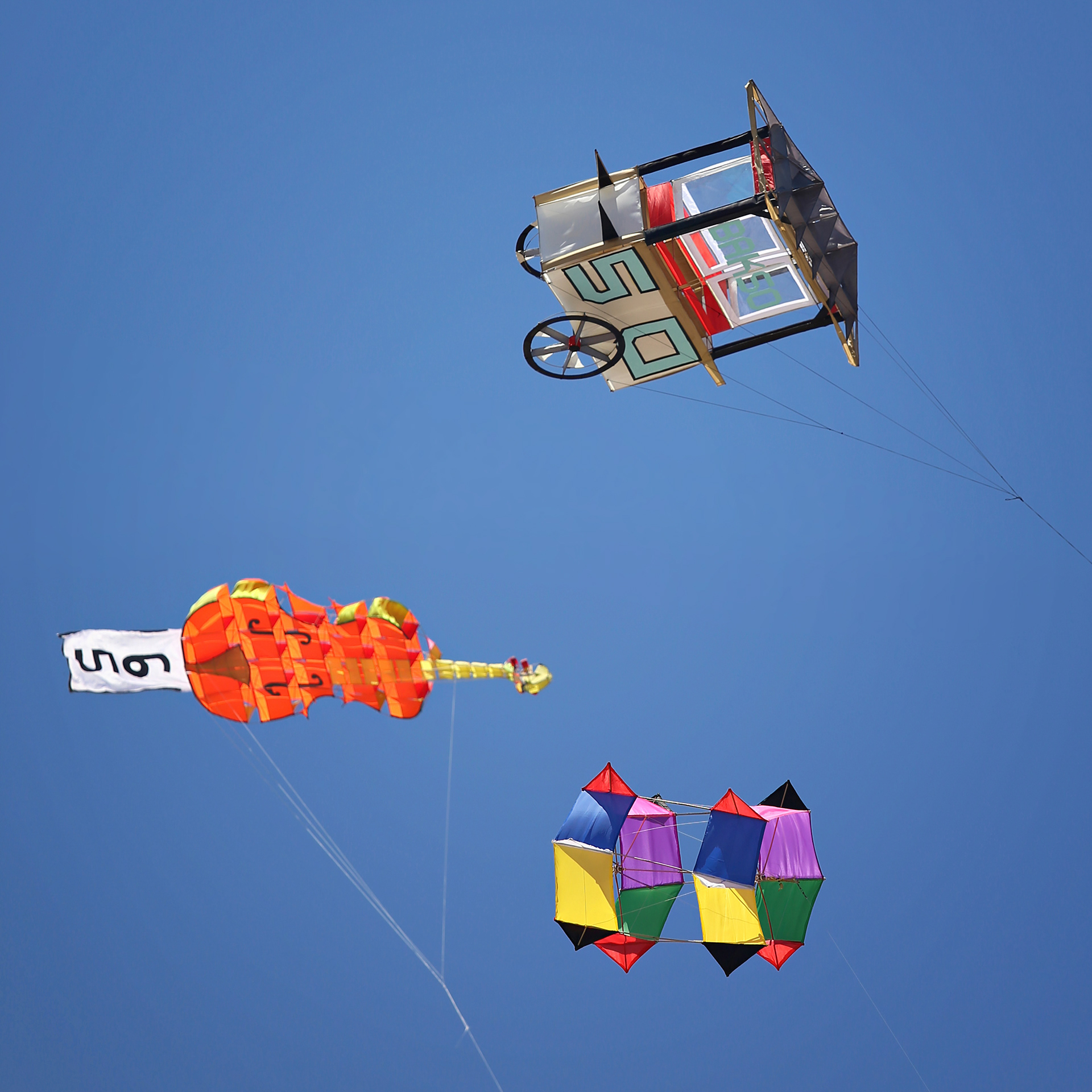
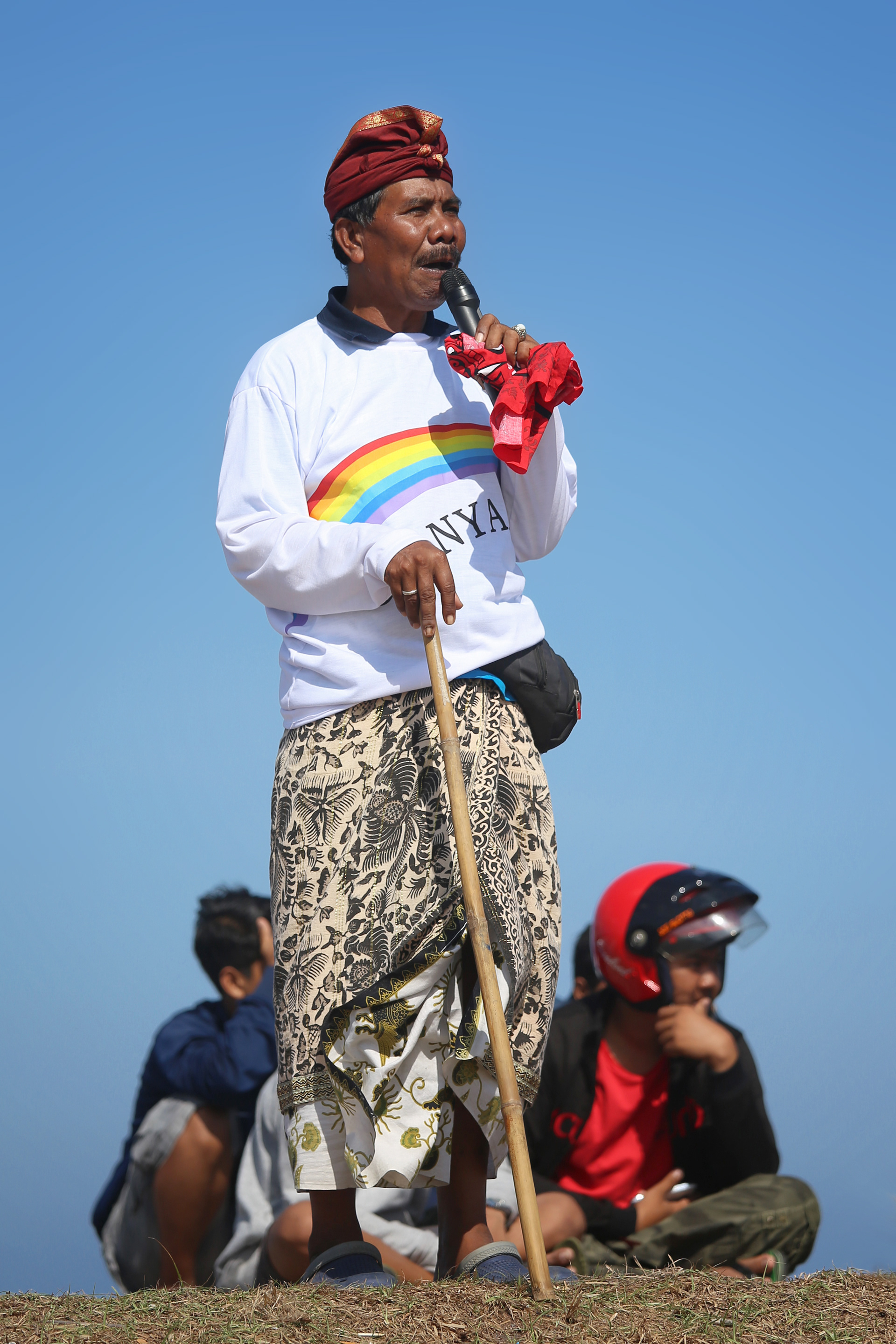
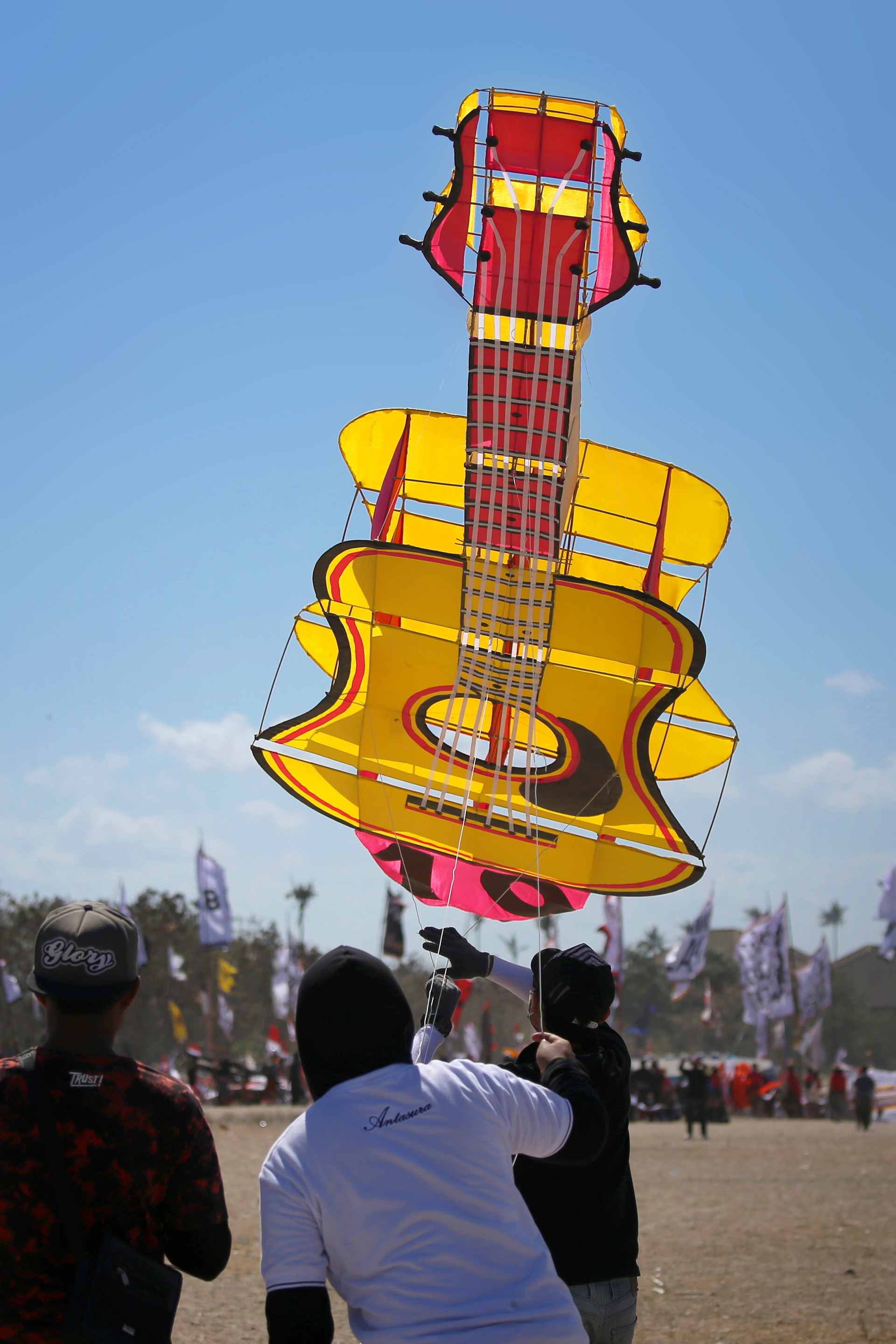
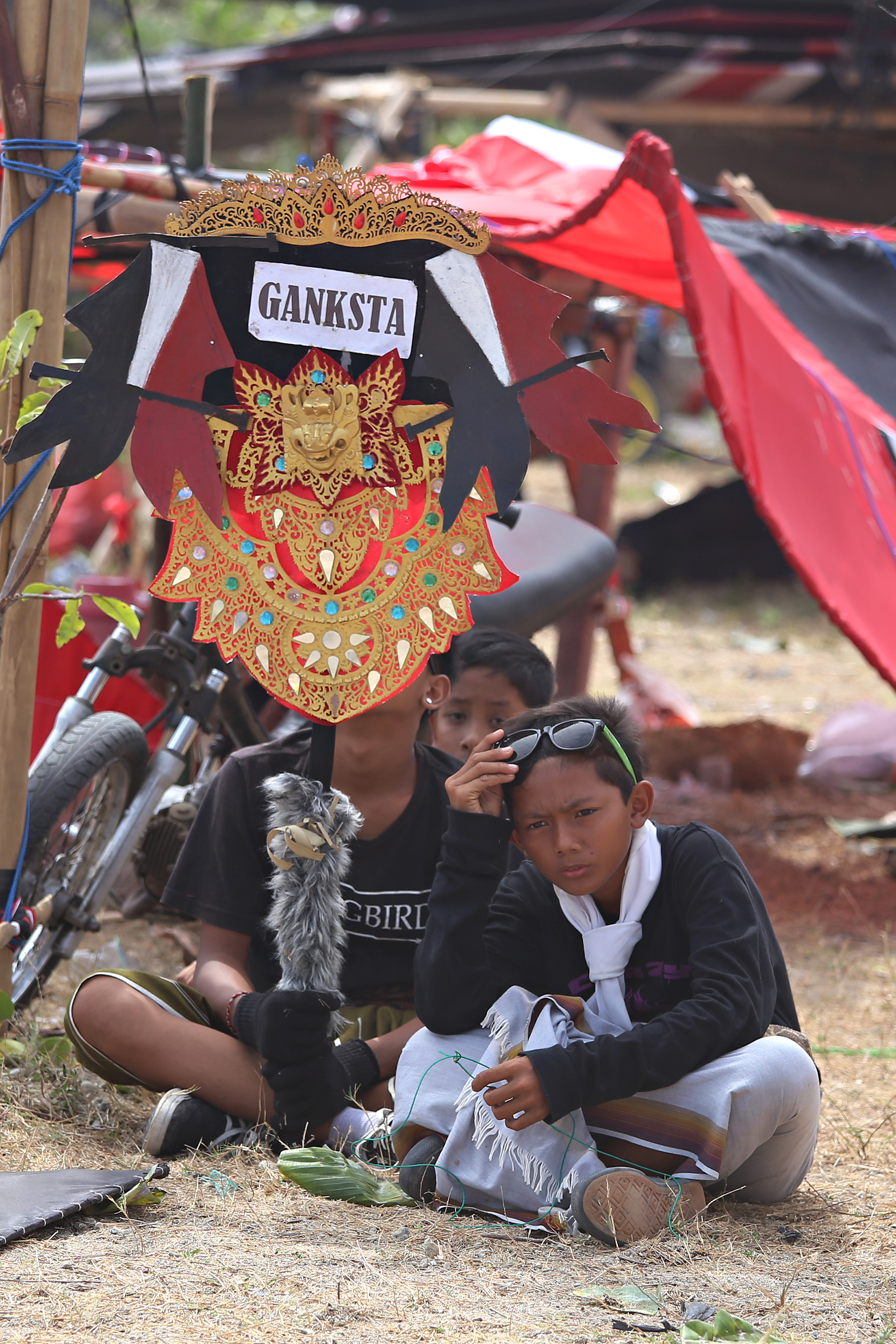
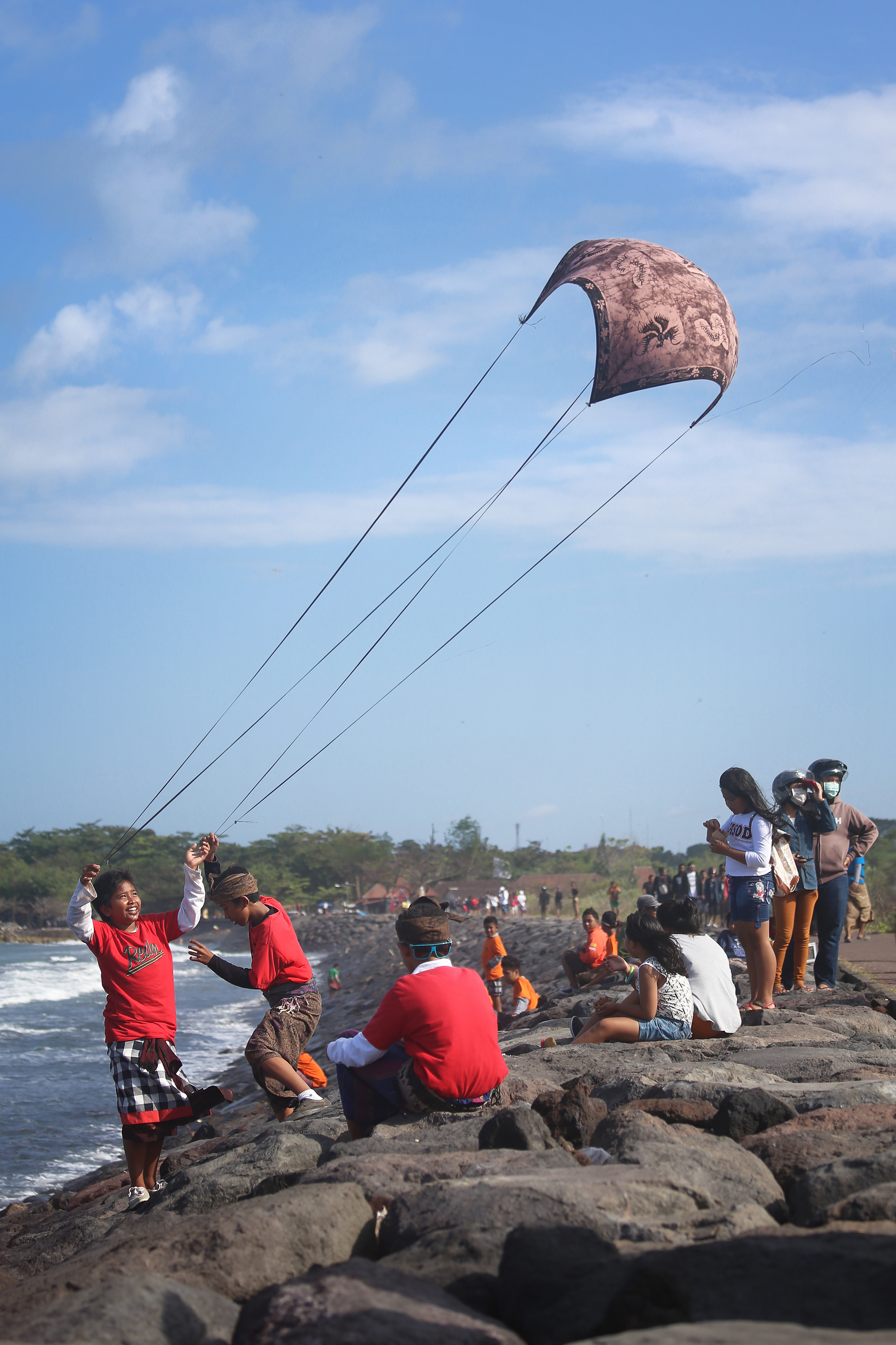
An illustrated article about Balinese kites was published in Discovery Magazine Russia #2 2016.